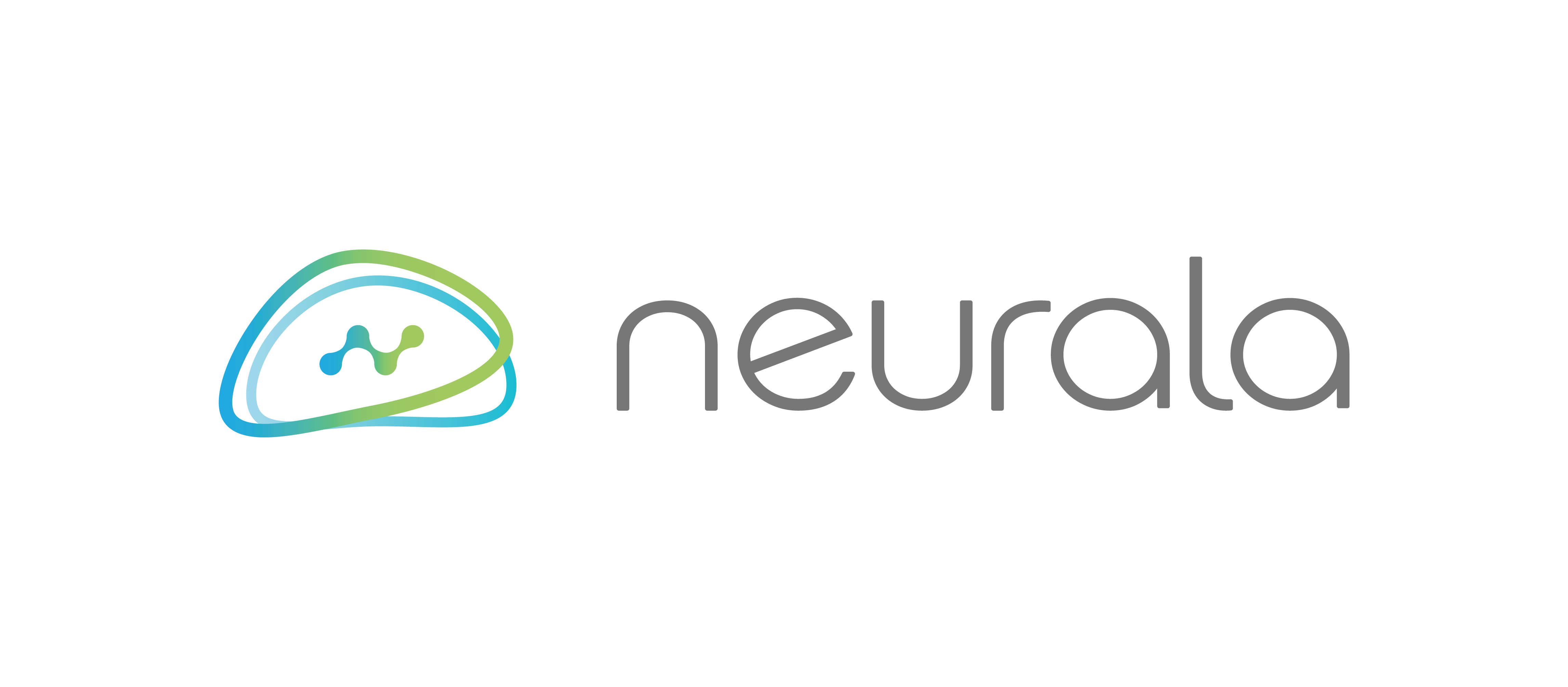Vision 2021 Retrospective
Before the pandemic, one of my last trade shows was Vision 2018 in Stuttgart, Germany. Even though it was before I joined Neurala, the experience was similar: a whirlwind of booth duty, new technology, and good conversations.
Going into Vision 2021 (a reschedule from Vision 2020), I was a little tentative. It was Neurala’s first experience at a show with an industrial focus, the first time we had our VIA software at a trade show, two of our booth staff were on their third week with Neurala, and it was our first show, in person, post pandemic. From the people I knew in the industry, it seemed like everyone was making last minute decisions on whether to attend as visitors, and I knew very few people making the journey as exhibitors from the US. A normal year saw attendance of about 10,000 people, and I iwas worried we wouldn’t even get 1,000 (turned out to be over 5,000, an excellent result for this year!)
Despite fewer exhibitors and not as many people in attendance, my worries were unfounded. While we may have talked to fewer people, the people we did talk to had clear applications that they were trying to solve; they were there to find solutions. Very few people were there just to kick the tires, they were all there to solve their application problems and make purchases. Some of the problems were ones that would have existed before the pandemic, but many were new problems created by the pandemic: fewer staff being allowed on the factory floor, workspaces being spaced out, fluctuations in demand. We couldn’t have asked for a better debut for Neurala.
There was also a general energy that was sort of infectious. It was indeed nice to be back in person, even with restrictions. We were allexcited to be talking in person, making connections, even if trying to decide whether you were going for the elbow bump or the fist bump or something else altogether meant some awkwardness. It meant seeing old colleagues for the first time in years, but also seeing partners developed during the pandemic in person for the first time. For the Neurala team, it was the first time some of our team members had met in person. It was invigorating and energizing. The excitement was so overwhelming that the guidelines seemed to be overwhelmingly accepted and not a barrier at all. Masks made connecting with people, bringing people in for a demo, and navigating language barriers a little more difficult, but that was a drop in the bucket compared to being able to make connections in person again.
There were a few trends at the show that stood out to me: deep learning/artificial intelligence, hyperspectral imaging, 3D/events-based vision, and a focus on deployed solutions. Hyperspectral Imaging, especially with the GigE SWIR and NIR cameras that are available, could be a great combination with Neurala VIA: allowing the user to see in a different light spectrum, means different defects would be available. Especially for food and beverage applications, this could be a powerful combination. 3D Vision has been a big trend since at least Vision 2012, and potentially before this. What I noticed with Vision 2021, is that with 3D vision we have turned the corner from it being an interesting technology to it being a technology that solves problems and applications and most of the booths showcasing 3D vision products were focused on trying to show it solving a problem. I expect AI and deep learning to follow this trend. While AI was present at Vision 2018, there weren’t as many companies, or as much of a focus on AI as there was this year. Especially within the Industrial Vision Days and the Start Up Pitches, AI was a clear focal point. But most of the focus was on the technology itself and not the applications that it could solve. I expect in 2022 we will start to hear more about applications, but luckily, this is where Neurala is now: AI is not just a cool technology, it is a technology that can help manufacturers now.
We also did plenty of learning , and we can’t wait to enhance our demo to truly showcase how our flexibility allows the user to create a solution that makes sense for their application, and how easy our end-to-end integration is. We learned a lot about lighting in the trade show hall, and that even though they specifically block out most of the natural light for Vision, there are plenty of other light sources (the overhead lights not being on during set up was a little challenging). However, this is where our solution shined, while the lighting changes caused us some agita, it was easy enough to collect some more data and add it in to the model, allowing it to become more robust over time.
We look forward to seeing more of you next year at Vision 2022!
